Another springtime comes, and suddenly I begin to question my identity. As friends gather in salivating droves, pooling money together for group buys of live crawfish to boil and devour by the pound, I find myself on the outside looking in. Being of Cajun descent by both maternal and paternal grandmothers, it is expected that I will eat crawfish, and celebrate with extreme passion the coming of a new crawfish season and the opportunity to boil. To drink beer and peel crawfish is to be Cajun. To have a signature dipping sauce of mayonnaise, ketchup, Worcestershire, horseradish, and Creole seasoning, which is nonetheless remarkably like your neighbor’s, is to be Cajun. To suck heads is divine.

Alas, I don’t really like crawfish. The reasons have varied over the years. At ten it was the texture. At thirty it’s the time and effort required to extract the succulent meat. My mom thinks I tried it at the wrong age. My dad thinks I was switched at birth. Whatever the reason, not eating it has presented a problem for my ability to claim any authenticity as a Louisiana boy. What kind of Cajun doesn’t eat crawfish? But it wasn’t that long ago that being Cajun and eating crawfish wasn’t a point of regional pride. Cajun identity has long been inextricably linked to cuisine, and for both crawfish and the Cajuns who eat them, the road to iconic status wound through a shared history of suppression.
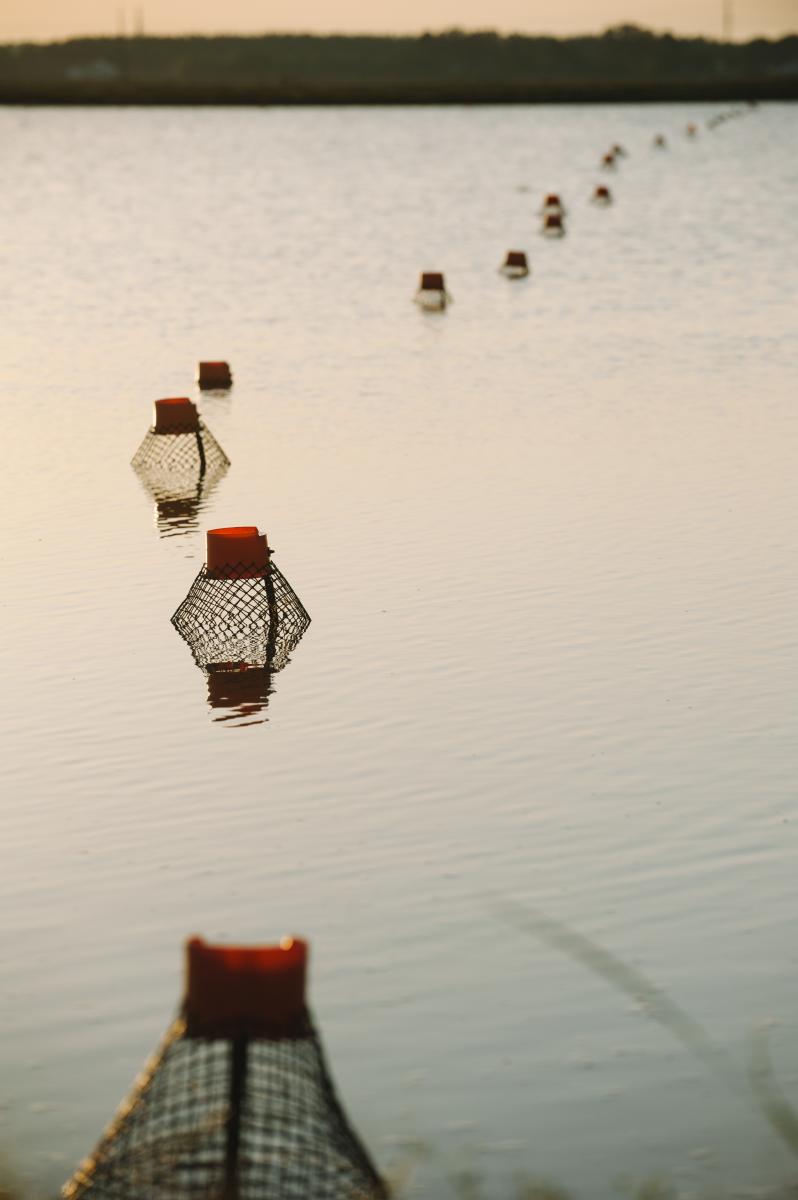
At the beginning of the twentieth century, being Cajun was synonymous with being poor. Typically illiterate, in both English and their native French dialect, Cajuns were viewed as outsiders to the American body politic. Progressive education movements sought to unify and educate children in disparate immigrant communities across the fruited plains in a codified version of American public life. In Louisiana, various versions of the Compulsory Education Act, originally passed by the state legislature in 1916 and updated in 1922 and 1944, nearly killed off the public influence of Cajun culture by attacking its language. Though thoroughly American in the sense that the first Cajuns arrived in Louisiana from Nova Scotia in the mid 18th century (before the founding of the Republic in 1776), their distinctly French language and Roman Catholic faith alienated them from their Protestant, Anglophonic countrymen. In short, they were native to America but nonetheless outsiders in the United States.
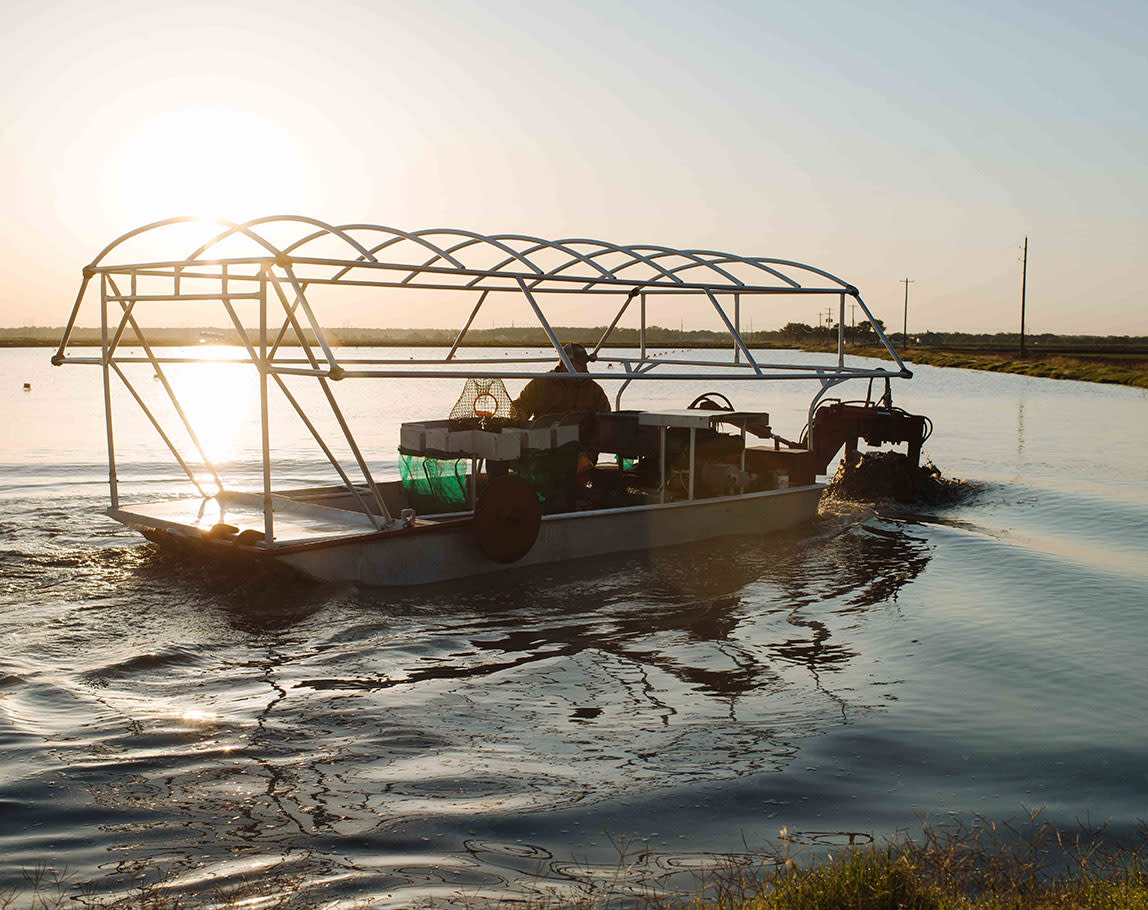
Cajun children, who often dropped out of school to assist in harvests and other aspects of their family farms, were forced to attend school. Once there, they were not allowed to speak French, a stipulation that was often enforced by ostracism or corporal punishment. The policy was successful in both its stated claims: educating rural children and nearly eradicating Cajun French as a common language by the end of World War II.
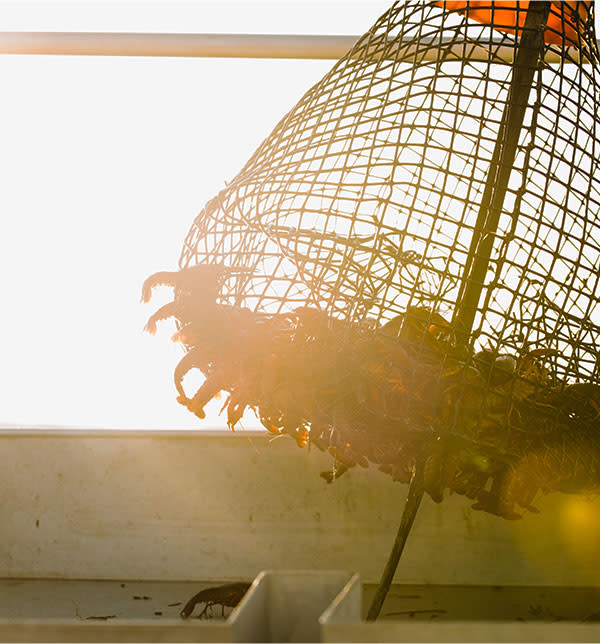
Though cultivated for centuries in the Americas, with records of commercial fishing dating back to the nineteenth century, crawfish were often consumed in private. Crawfish were largely seen as pests by local farmers in the early twentieth century (ironically by the rice farmers who would later cultivate them in droves), and folk accounts abound of rice ponds plagued by a pestilence of crawfish or swarms of them crossing dirt roads and creating hazardous slicks for traffic with their crushed innards. Nobody else wanted them, and their resulting abundance and lack of cost made them an attractive staple to the diet of farm-poor Cajuns.

Throughout the history of its cultivation, crawfish have been used as bait, specifically for catfish. Though biologically not dissimilar to shrimp, crab, lobster, or prawns, it remains somewhat unique in the animal kingdom as a creature that is food to some cultures, and a means to catch food to others. Surely a reluctance to eat what your food eats has something to do with the prevailing “ick” attitudes toward crawfish in recent history. Combined with its tendency to dwell in mud, and its poor yield of useable meat per pound, it’s not unreasonable to see why crawfish may have fallen into poor favor. Shrimp, a fellow arthropod, have dangled from fishing poles as well, but without a similarly checkered past. Crawfish, on the other hand, was seen as a dirty, uncouth, castaway crustacean. By the transitive property, those who ate them were also dirty, uncouth, and castaway.

Honestly, to this day that same “ick” reaction sticks with me. Maybe it’s not over, but I’ve nonetheless found it difficult over the years to really fall in love with crawfish. I do, however, have fond memories of picking through steaming hills of fire -truck- red crawfish at my family dinner table, looking for potatoes and corn cobs seasoned with a spicy boil. My folks, like the rest of Louisiana since the late 20th century, embraced crawfish as a local delicacy, meaning dishes like my mom’s crawfish etouffee were not uncommon around my house. My mom also proudly heralded my Cajun ancestry, reminding me of my lineage through my maternal grandmother Gladys Vincent of Gueydan.
Grams, as I called her, was one of those kids educated not to speak French in the pre-war Louisiana public school system. She married a Baptist from Arkansas, and raised her kids Anglophone. I’ve always marveled that she could understand but not speak to her mother in her own first language when I visited Grams and my great grandmother as a child. Though French was not spoken to her family after her generation, her heritage lived on through the cuisine she passed along to my mother. Post-war economic success would bring Cajun culture and cuisine like my grandmother’s out of the suppressed doldrums of history, and into national prominence and popularity. The primary engine of that success story, like any other in American history, was economics.

Cajuns participated in droves in World War II. Operating as interpreters in the European theater and serving their country proudly. The G.I. Bill they enjoyed as veterans served to educate an even larger number of Cajuns post-war, creating the first blue collar and white collar classes of Cajuns. The influx of money provided an influx of influence to the Louisiana culture at large. By the 1960s, Cajuns enjoyed larger amounts of disposable income, and they spent it on their favorite food, most notably fueling a massive spike in demand for crawfish.
Prior to 1950, most crawfish production came from local fishing markets. Folks along the Atchafalaya Basin caught it, sold it and ate it. Though common, the industry was particularly sensitive to the whims of nature. Crawfish supply ebbed and flowed wildly with the Basin’s tide. By 1960, the larger, wealthier but still crawfish hungry population of Cajuns, now spread throughout the state, demanded a more stable supply. To accommodate the growing and more demanding market, Cajun capitalism begat large-scale crawfish farming and aquaculture. By 1960, 10,000 acres of land were dedicated to the cultivation of crawfish. By 1980, that number ballooned to 120,000.
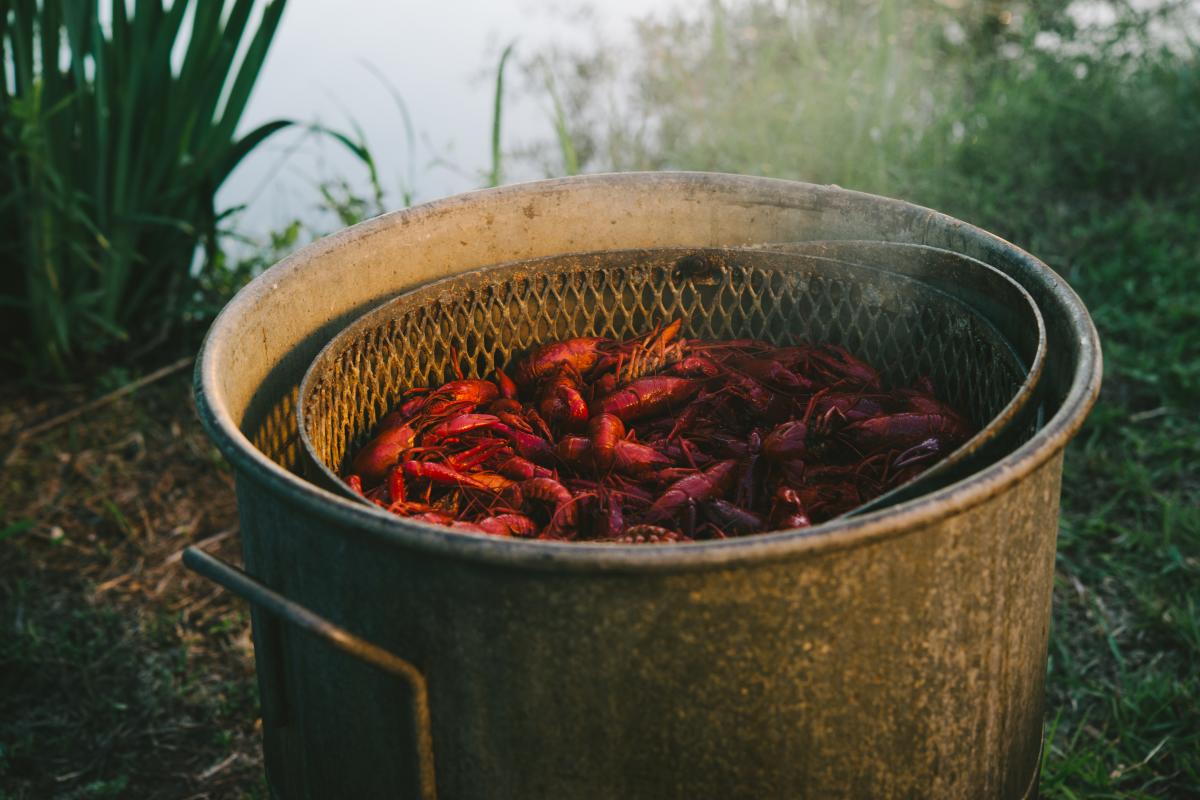
Starting with the 1968 establishment of the Francophone defense organization CODOFIL, and followed by the Constitution of 1974 which established a right of “linguistic plurality”, Cajuns enjoyed both legal protection and cultural interest from the world at large. Thanks to an oil boom in the 1970s, Cajuns greeted a new crop of visitors and business partners, fomenting a national interest in southern Louisiana cuisine and the Cajun way of life.
Ethnic pride movements sprung around in the United States in the 1970s, influenced by the cultural politicization of phenomena like the Black Power movement. Previously marginalized ethnic groups began asserting their political and cultural rights against a rising tide of sanitized, uniform-white Americanization. Cajuns were no different, responding with characteristic humor and celebratory joie de vivre. Lafayette, widely seen as the capital of Cajun Louisiana, held its first Festivals Acadians et Creoles in 1974. Widely seen on the ground were t-shirts bearing a clenched fist holding a crawfish, a Cajun spin on the famous black pride symbol. In the previously maligned mudbug, Cajuns had found their national symbol.
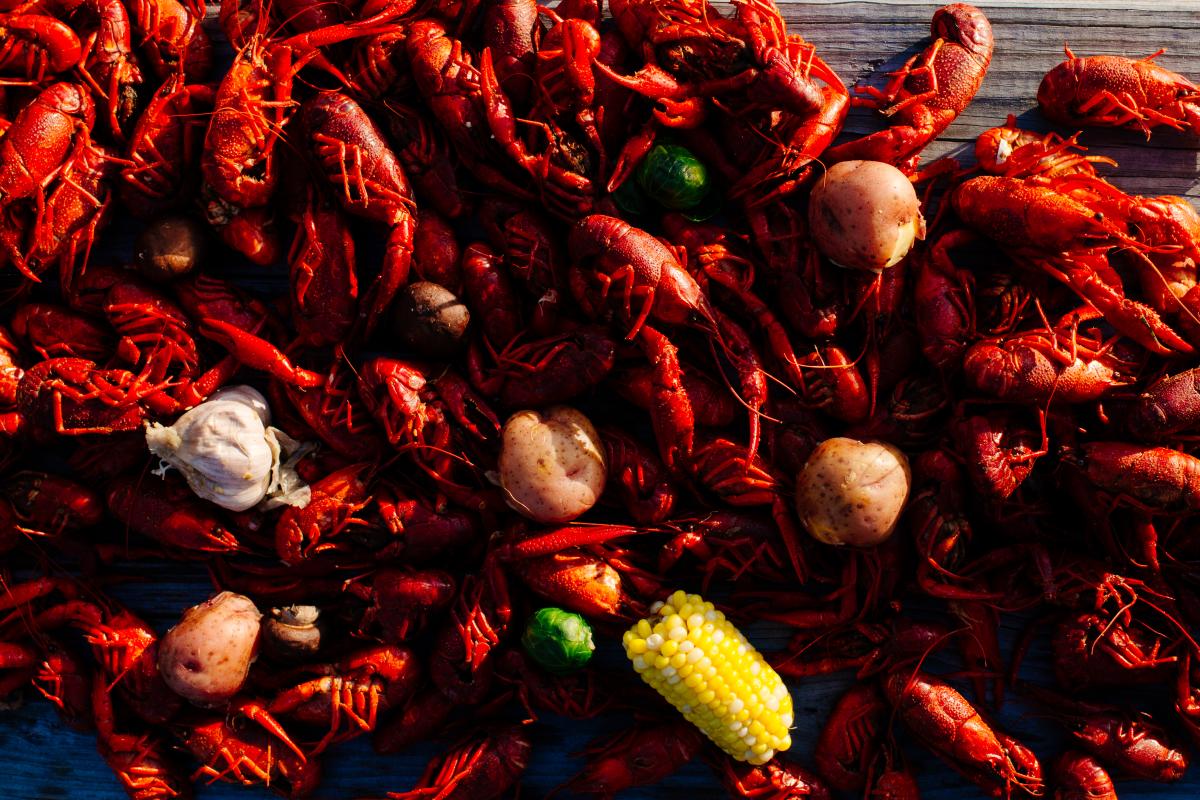
Crawfish enjoyed the same magnified interest, which boiled over with the Cajun cuisine craze of the 1980s, originally kick-started by the celebrity of Acadiana-born, New Orleans-based chef Paul Prudhomme and his now nearly infamous blackened redfish. Rice farmers with large plots of land found that crawfish could be readily added to crop rotations, ramping up production to unprecedented levels. In 1978, 25.6 million pounds of crawfish were sold, totaling $14.3 million in gross sales. By 1988, 107 million pounds of crawfish were sold, grossing $42.6 million. While production levels peaked at around 110 million pounds annually, prices have continued to rise, reflecting a skyrocketing demand. Consider that from 1970 to 1990 Louisiana’s population grew by only 600,000, and you have yourself a bona fide craze.
While the crawfish industry is undoubtedly a powerful engine of economic change in Louisiana, accounting for $300 million of the gross domestic product, it has more importantly emerged as a ubiquitous symbol of southwest Louisiana pride. What was a food of necessity, is now a luxury item enjoyed by rich and poor alike. Generations of Louisianians, have grown up with Mary Alice Fontenot’s illustrated Clovis the Crawfish, danced to Cajun bands at the annual Breaux Bridge Crawfish Festival, and eaten armadas worth of crawfish boat bread bowls at Festival International de Louisiane. Crawfish boils are the most visible symbol of the Louisiana way of life and have evolved from backwater family dining to a weekend routine from February to June each year.
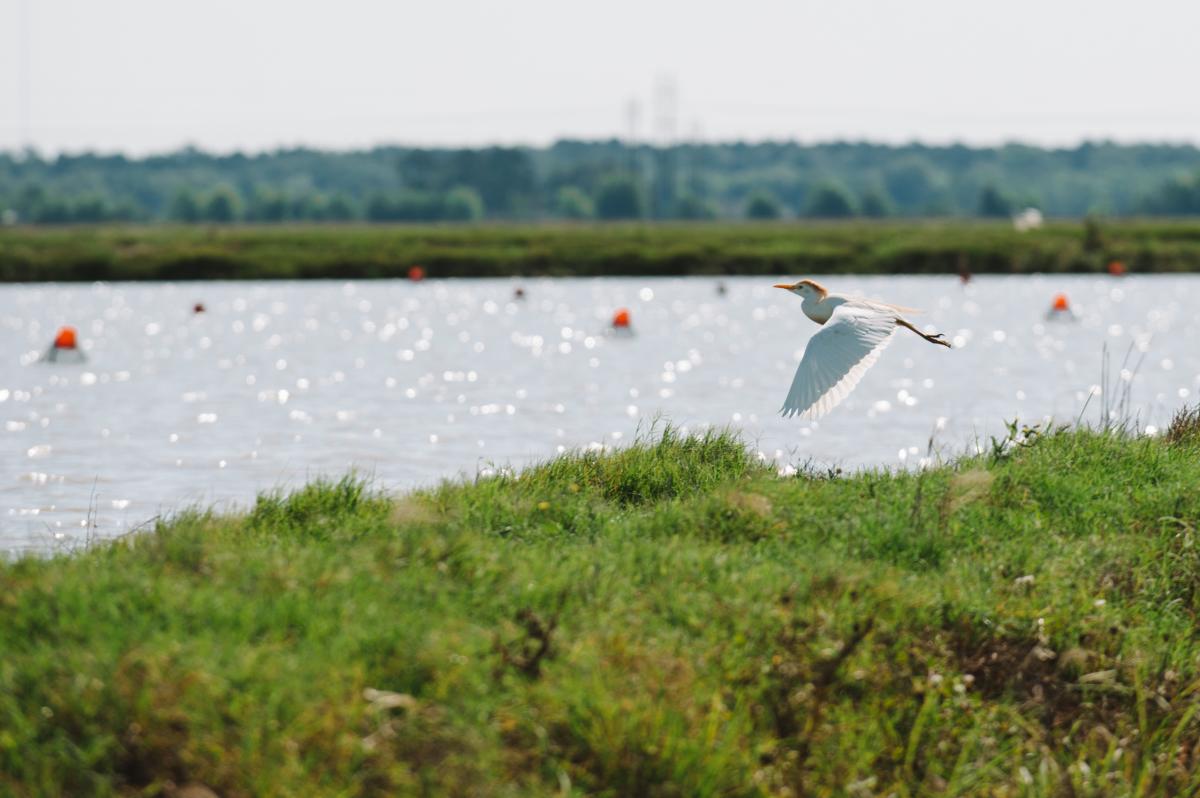
For my part, I can’t say I mind not eating crawfish, even if it does result in some suspicion and derision on the part of my friends. In my own weird way, I still love it and what it represents. Come each spring I will get an invitation to dozens of crawfish boils. I will accept them and attend willingly, though I will politely decline my place at the newspaper-clothed table. I will sort through bright red heaps of crawfish shells in search of boiled potatoes, garlic, or the chance at a spicy sausage. I may not leave full of crawfish, but I will leave full of pride.
